Steve Starr – Coastal Encounters, Reflecting on Appearances & Associations
12/03/24 – 26/04/24
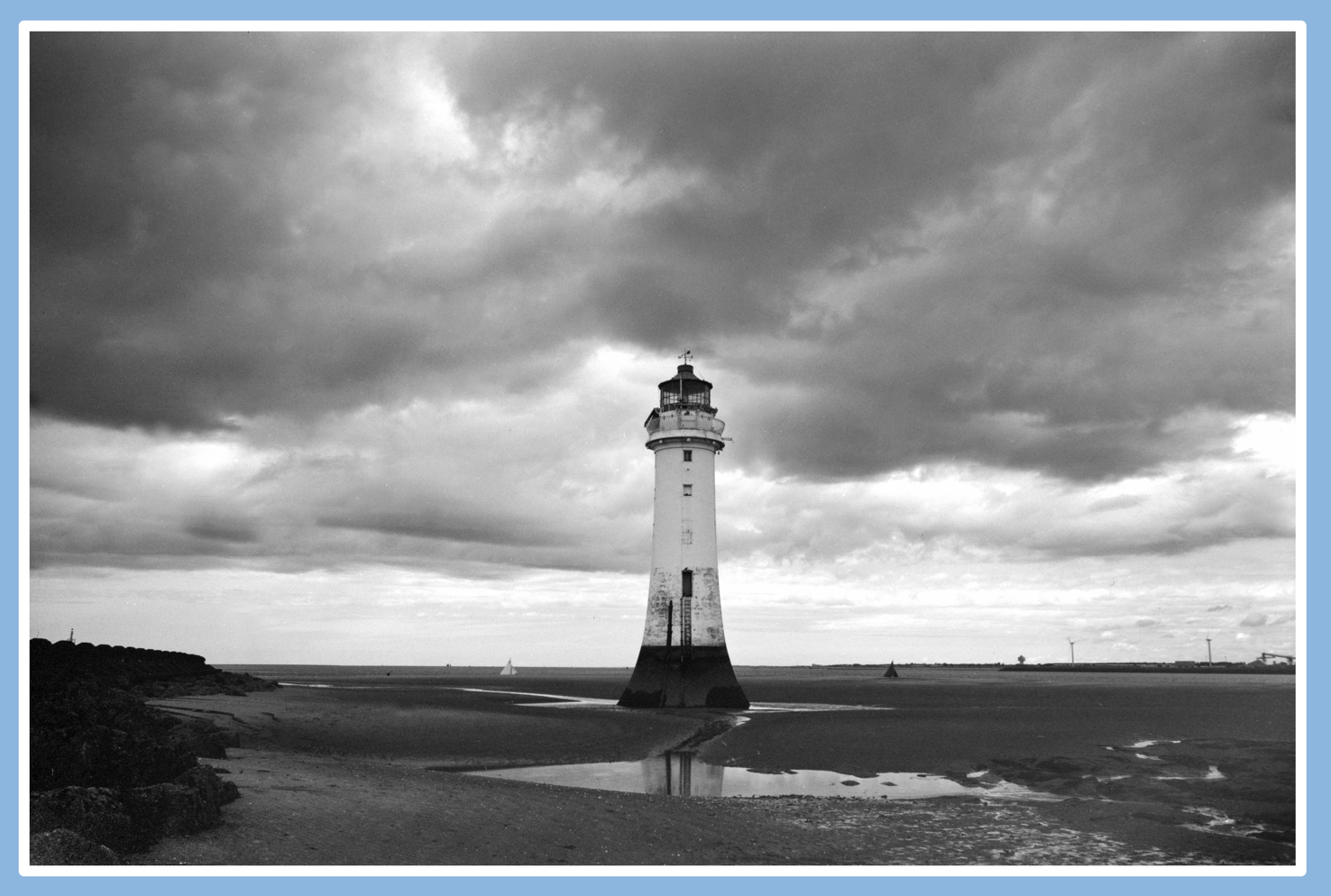
“I am sixty-five years old; I feel the seat belt pulling across my chest as I drive a white Skoda hatchback along New Brighton promenade. A child scoots ahead of her family as they make their way along the promenade walkway. Driving past Morrisons hectic supermarket and the fading Adventureland amusements, I make a left turn to park my car as close as possible to Fort Perch Rock. Finding my parking space, I can just see New Brighton lighthouse appearing around the side of the Fort. As a ritual I have observed many times before, I will once more make a photograph of this elegant lighthouse.”
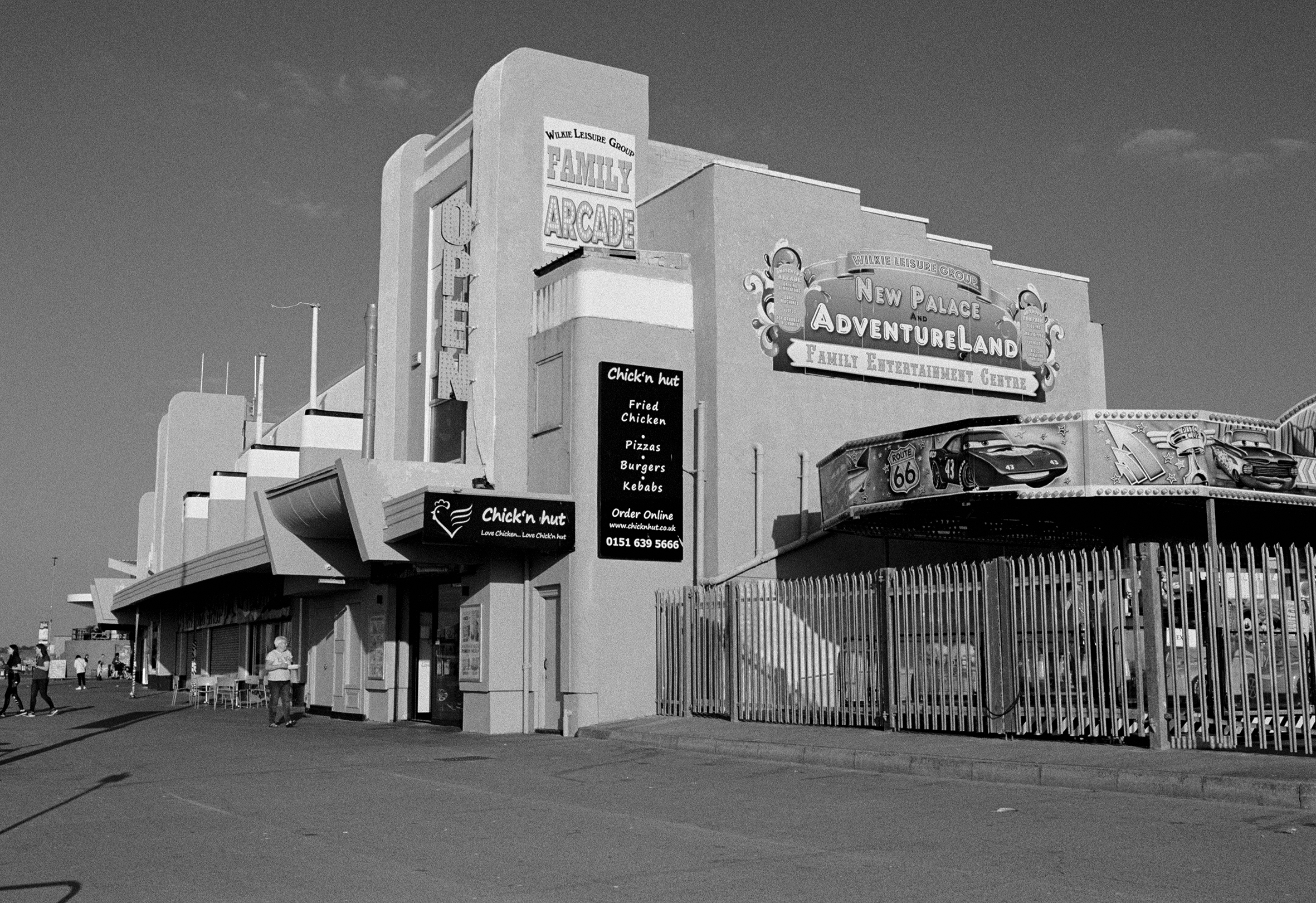
Steve Starr is inexorably drawn to areas of this local coastline, as well as its estuaries, river banks and canals leading out to sea. Reflecting on appearances & associations, Steve follows a linear exploration from his home in Heswall on the Wirral, and makes his way along the coastline to Llandudno.
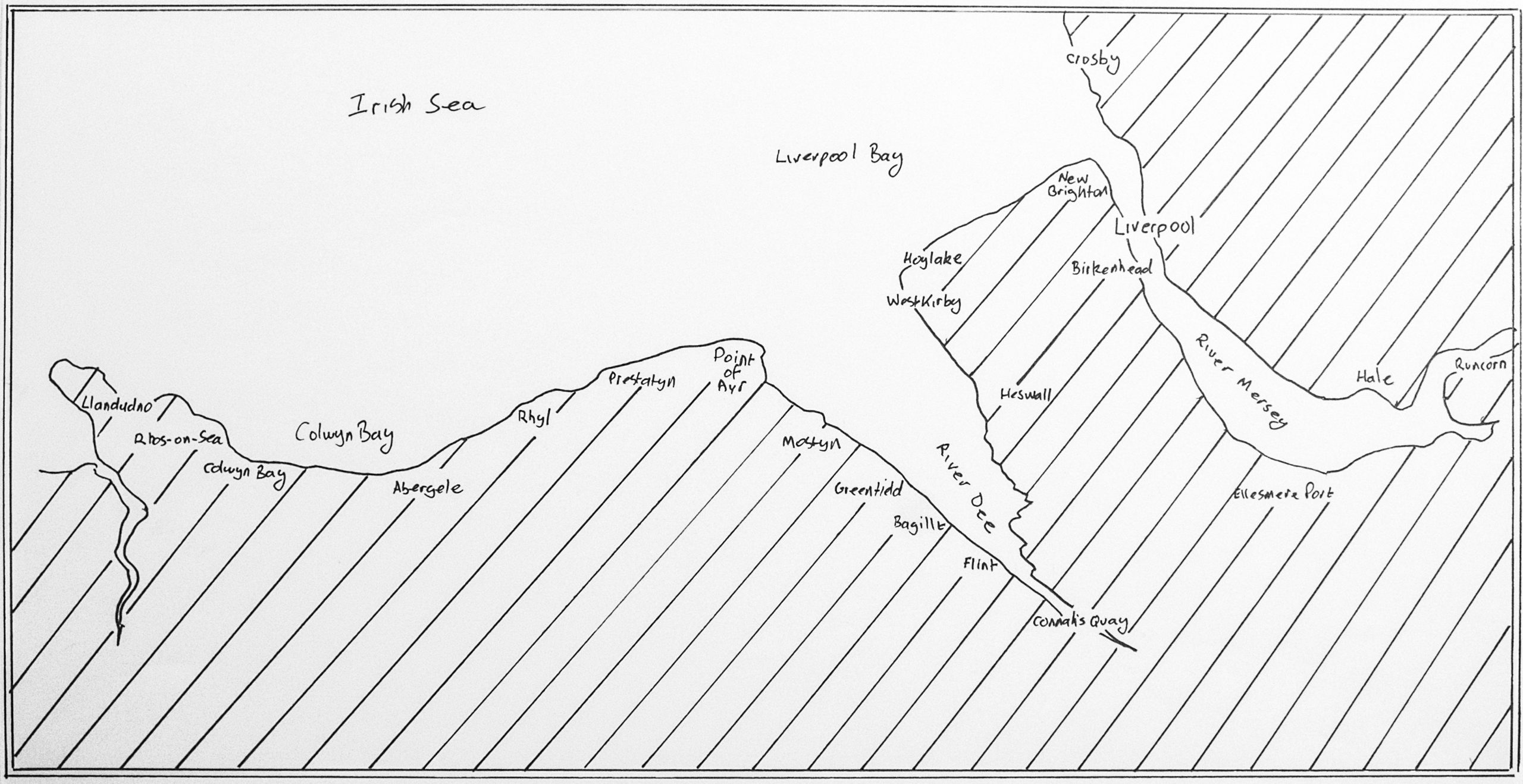
Observing the region’s coast during the previous six years, many objects placed there by humanity were encountered, and photographs were made to document them.
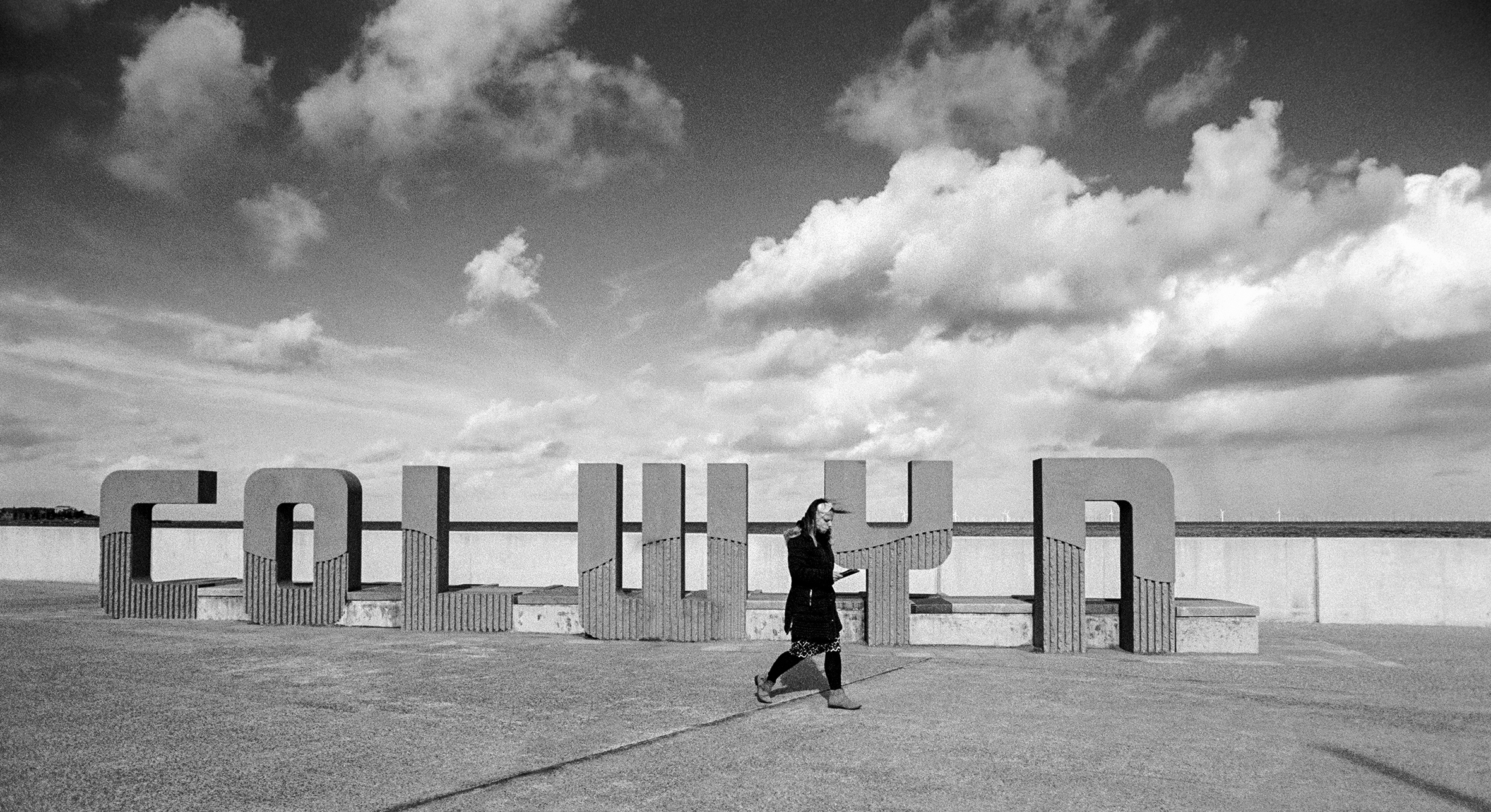
At the coast, one cannot help but take notice of the surroundings. The senses are filled, the air even on a still day, is perfumed with ozone. The sound of the waves crashing, the plaintive call of seagulls in flight, passing vessels making their low thunder, as propellers cavitate within the murky water. People too are making noise; adult’s muffled chatter underlying the yelps of joy of children enjoying the seaside atmosphere. Walk away from the seaside though, and you carry something with you, not just the remnants of the clear head instilled by the sea air, but the salt which stays with you, you can feel it on your clothes, in your hair and on your skin, like a parting salty kiss to the lips, sustaining you until your next dalliance.
Observations made around the coast will tend to point at natural phenomenon; the sun, sea, sky, sand, rocks and all the life managing to exist deep in the turbulent sea and upon the breeze. Take another look though, and there is a plethora of objects placed around the coast by humankind, familiar in appearance, from the obvious lighthouses, promenades, seaside shelters and abandoned boats down to the incidental litter bins, bollards and lifebuoys. Slipping into a meditation around these objects, it may bring to mind various thoughts and feelings, it may seem conflicting that a mere object might cause us to emote like this, but that’s exactly what associations can do to us, when we correlate a familiar appearance with a real memory or maybe an imagined scenario.
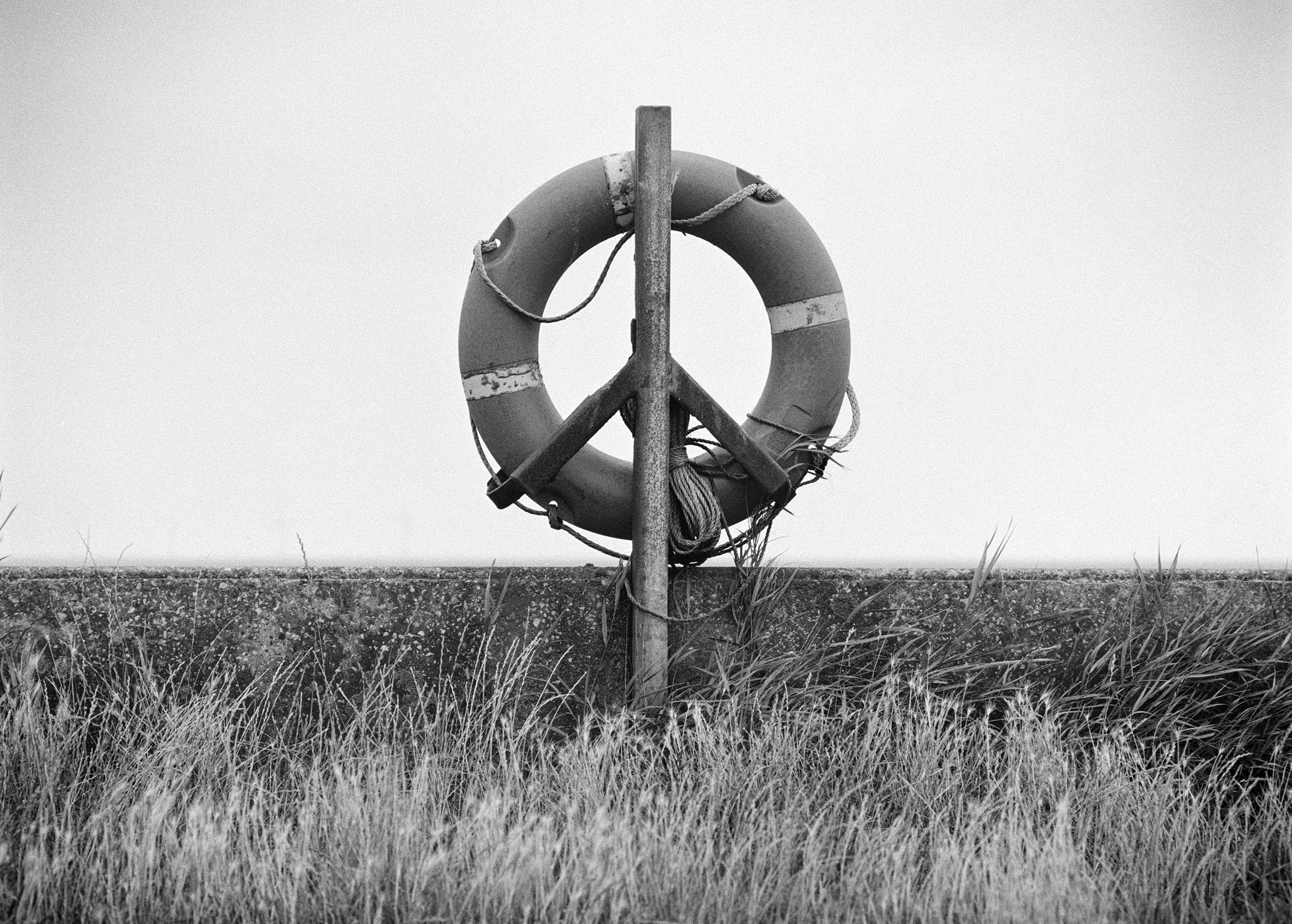
In the same way that on old photograph might bring back childhood memories, and not just those memories brought on by that which is directly visible in the photograph, but memories from all sorts of indirect associations brought on by a photographs content, perhaps also memories of the photograph as an article in its own right.
Observing a seaside shelter on the coast might remind us of an old family holiday, the associations sending us on a reverie of good times past, speaking to us directly of our own experience. Then what of an old abandoned boat, which we have never known before, yet being in the presence of such an object draws us in, to be aware of the imagined life of the boat and its previous owners, each broken timber, smashed window and curl of peeling paint enabling us to add bright detail to our imagined life of the boat. An experience purely brought on by appearances and the associations we make, an extrapolation made in our minds to a previous life of the object, we base it on a handful of observations and our imagination completes what we think might have happened, filling in the gaps.
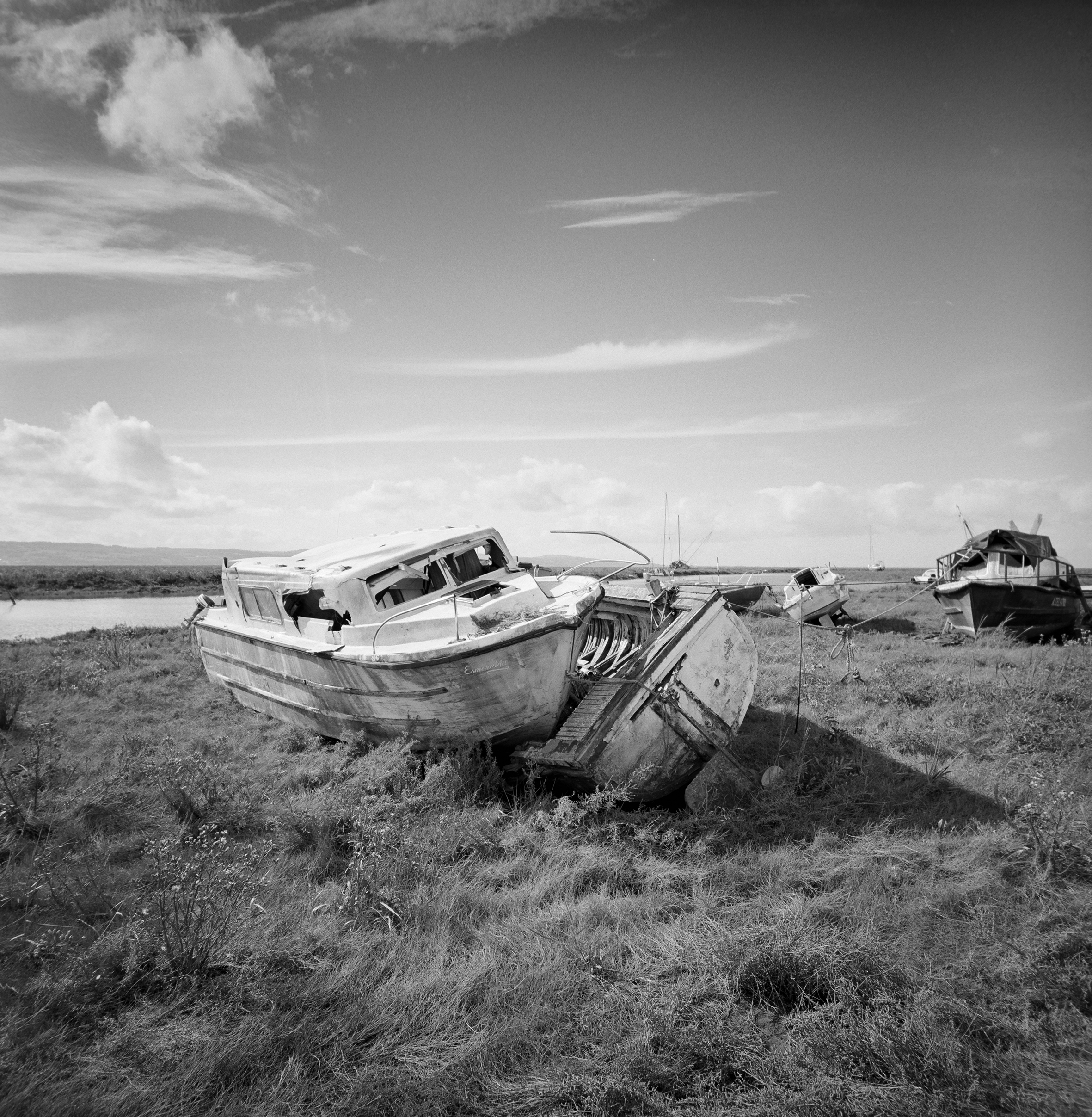
Making photographs of such objects stumbled upon around the coast, leads to further associations. When printed and the photograph is experienced perhaps in the comfort of our favourite armchair, an opportunity exists to look at the appearance of the photograph.
A traditional photograph is typically just a piece of paper, with a thin resin-based layer containing light sensitive silver salts, and it is in this layer that we see the printed image. So now the appearance is that of an image on a piece of paper. In the armchair we are not in the presence of the subject photographed, yet we can still make associations with the subject, also we can make associations with the photograph as an object. Thinking of those photographs that have been passed down through the family, those photographs acquire their own history separate from the image they support, or possibly there are combined associations made of both the photograph and the subject the photograph contains.
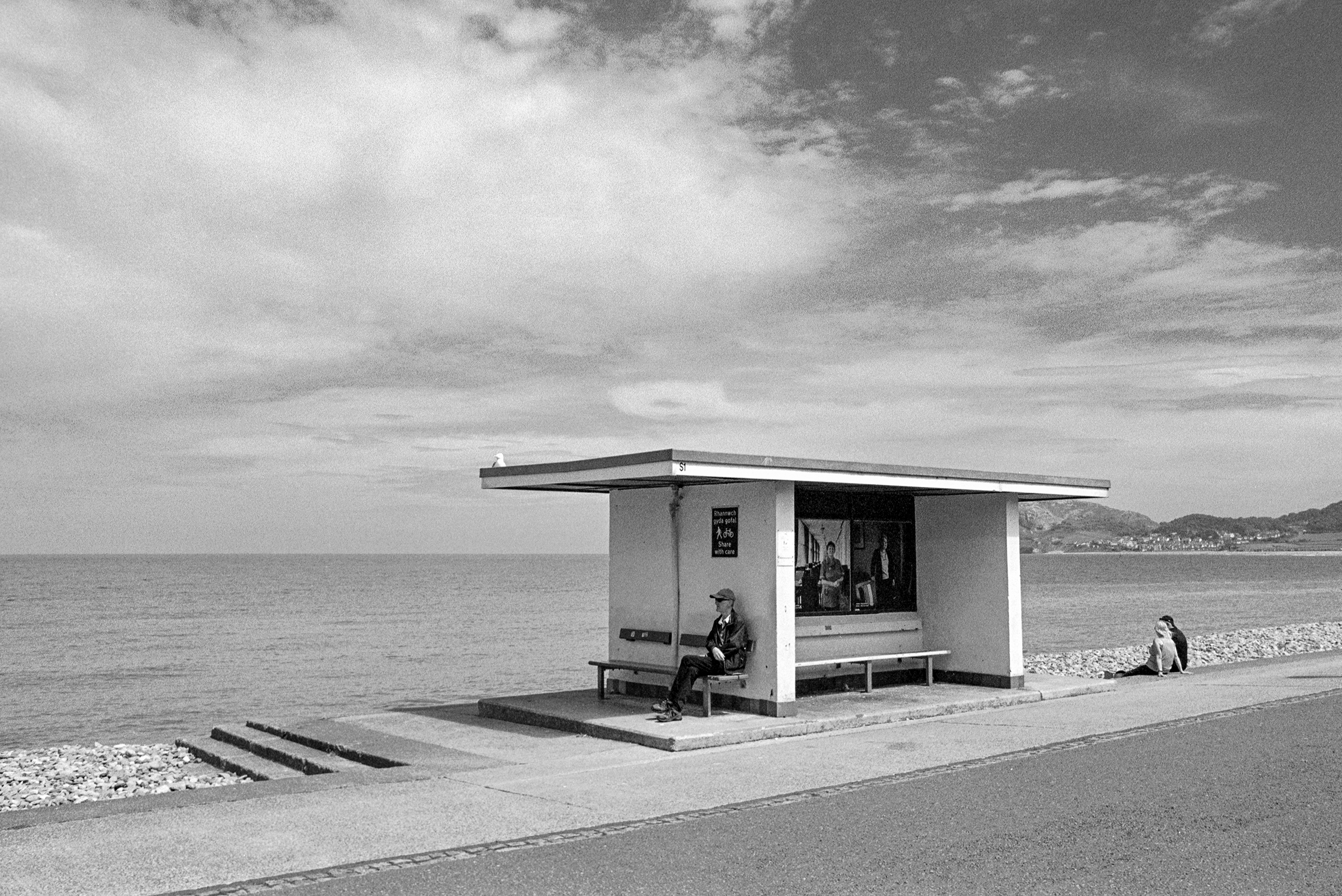
When the subject of a photograph eventually ages, succumbs to the elements, or is knocked down by the developers, the photograph’s subject may no longer exist, a photograph of the subject though may persist through time. Allowing us to witness the object once more, assess its appearance and through our own experience make new associations.


